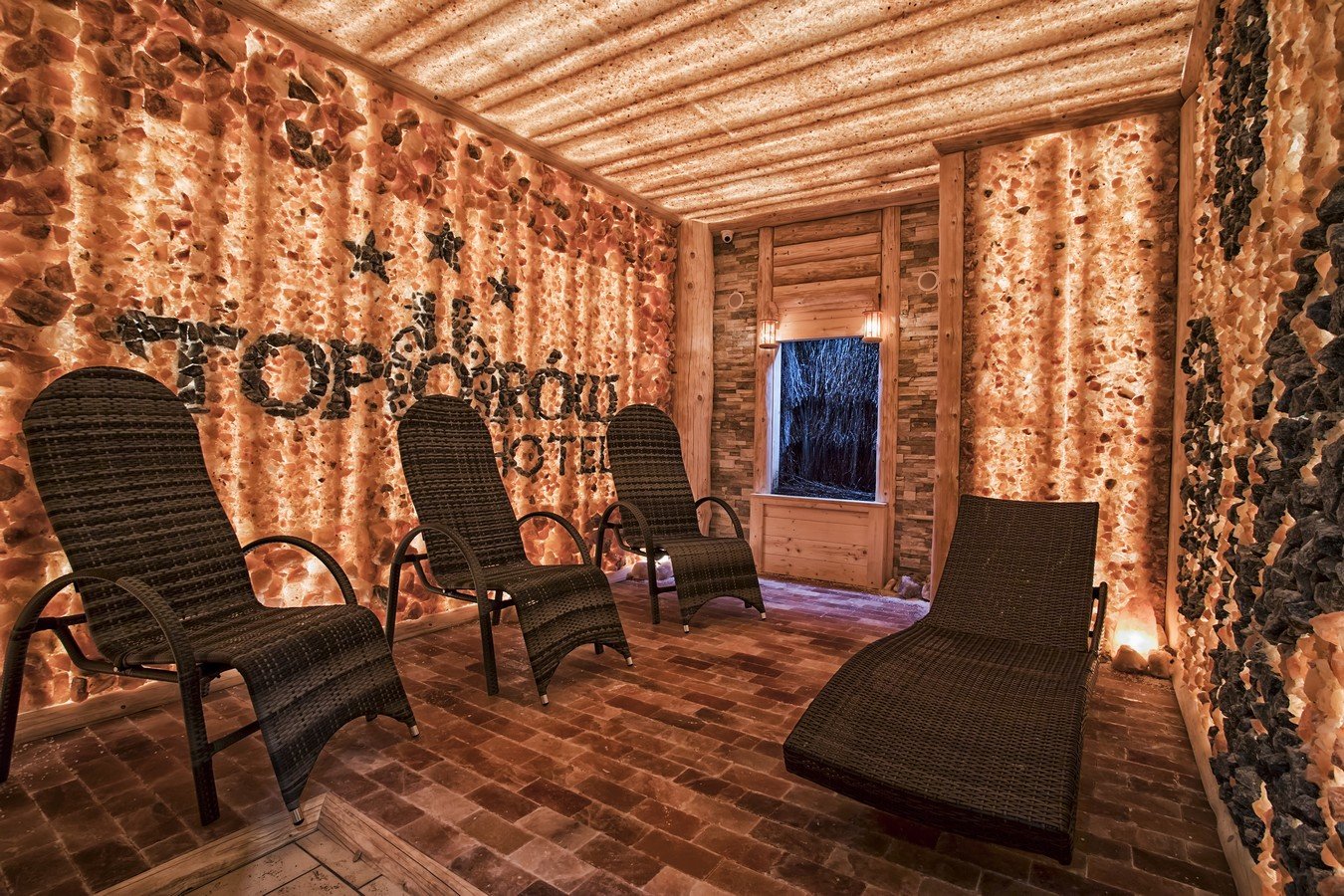The "Kryształowy Świat" company closely cooperates with the Wieliczka Krakow Saltworks Museum located in the salt mine. The knowledge and experience of generations have become the starting point for our specialists in the production of Salt Plates, Salt Puzzles, Salt Pictures and Salt Panels for all types of saunas, the construction of Crystal Salt Chambers, Salt Grottos, Salt Caves, Salt Graduation Towers and interior designs in salt.
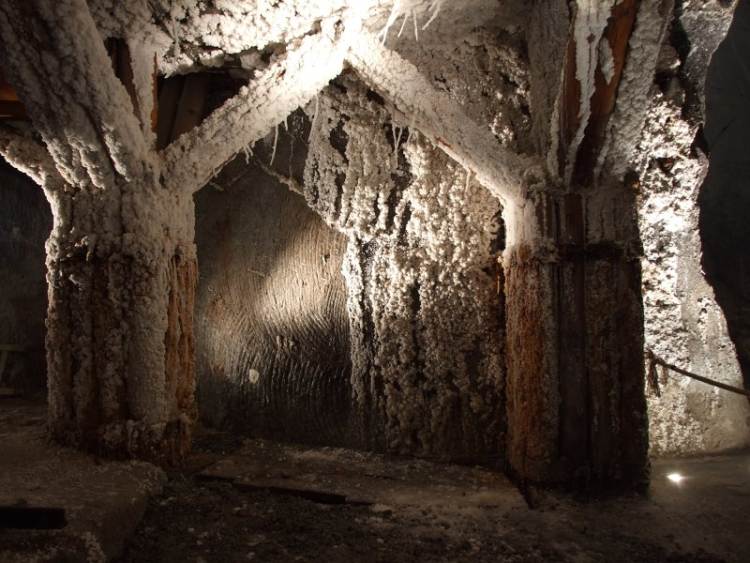
The origins of the salt mine in Wieliczka, one of the most famous mines in the world, date back to the Middle Ages. The oldest document preserved till this day is the privilege of King Casimir the Restorer dating back to 1044, calling Wieliczka "magnum sal alias Wieliczka".
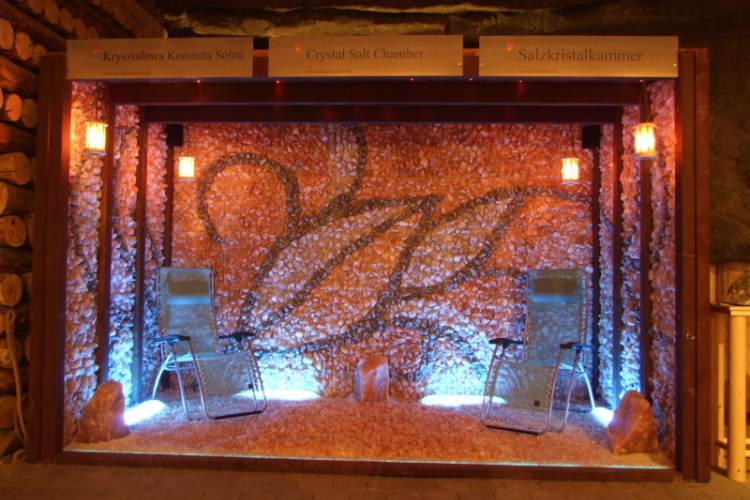
Starting from the Middle Ages, salt constituted a basis for the Polish state’s economy, and in ancient times was used, in the form of "salt crumbs", as a means of payment and replaced coins. Originally, salt was obtained from salt springs with the use of the brewing method, which involved evaporating water. The beginnings of rock salt exploitation in Poland are unknown. Most likely, when deepening brine wells, a salt deposit was found, which was then mined with primitive tools.
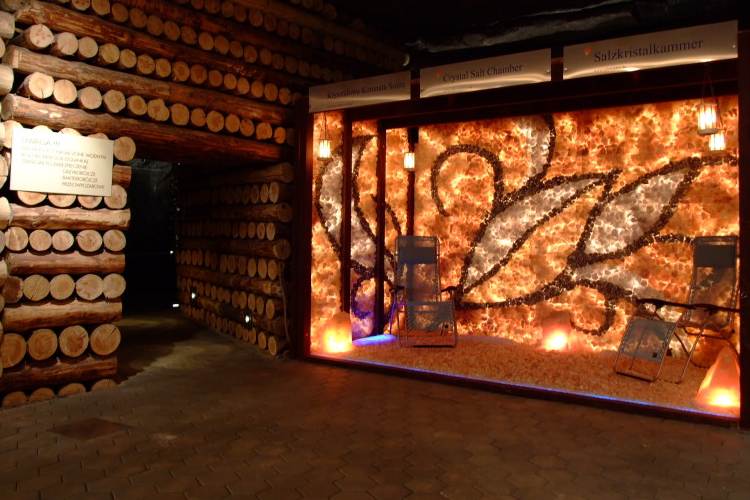
Salt became an important instrument of power. Already in the 14th century, salt mines generated over 30% of all state treasury revenues. Saltworks supported the royal court and paid for the maintenance of royal castles guarding trade routes. The Cracow Academy (then called the Jagiellonian University) owed a lot to salt. Its founder, King Casimir the Great, financed the new university entirely from the mine's income, and later Polish rulers and nobles contributed donations and bequests on its behalf.
In 1368, Casimir the Great specified the operating rules of the salt mine, giving them the force of an act known as the Casimir Statute. This document defines the rights and obligations of individual officials and various employee groups, the rules for settling production with the state treasury, and determines wages and sales prices for salt. Specially appointed commissions that inspected the condition of excavation sites, mine buildings, the correctness of settlements with the treasury, and also issued recommendations and guidelines in the form of binding instructions, were the main instruments of the royal control over the mines. In the 16th century, the Wieliczka mine became one of the largest enterprises in Europe at that time. In addition to the staff directly involved in production and administration, there were carpenters, coopers, blacksmiths, coachmen, stable boys, etc. employed as well.
In the second half of the 15th century, the income from the mine allowed the reconstruction and extension of the royal Wawel castle in Cracow. At that time, deeper exploration of the mine began in search of more abundant salt deposits, introducing new methods of exploitation. The royal economy in the Cracow mines ended with the first partition of Poland in 1772. The Austrian times were marked in the history of the mine by changes not only in the organizational and administrative field, but also by the introduction of new methods of salt extraction. The long period of Austrian rule had a positive impact on the technical condition of the mine and brought stability. At this time, the town of Wieliczka was expanding. A power plant was launched next to the mine, and the town was connected to Krakow by rail. Mechanization of underground works was also introduced. Hand drills were replaced with pneumatic drills, and a salt mill and a steam winding machine were launched. Repair workshops and a carpentry workshop for the mine were also established. In 1912, new, mechanized saltworks were launched on the surface, which, after minor modifications, have produced evaporated salt till today.
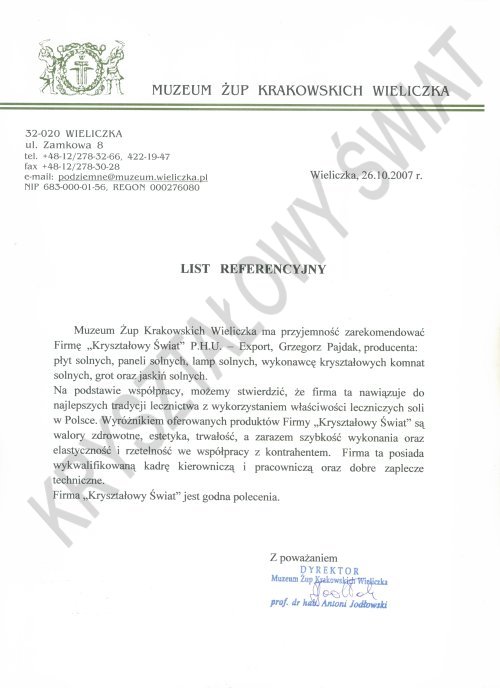
The interwar period was a period of stabilization for the mine, introducing further development and expansion of the mine as a production plant, but also the development of its tourist and therapeutic functions. The healing properties of salt, which were already noticed by humanists in the 16th century, who claimed that salt mixed with other substances cures snake bites, eczema, ulcers, angina, gout and many other diseases, are particularly noteworthy. The development of balneotherapy in the 19th century is also associated with Wieliczka, where treatment with brine baths began in 1826. Thanks to Dr Feliks Boczkowski, a bathing facility was also established in 1839, treating as many as 36 diseases, from runny nose to infertility and from hysteria to "weakness due to excess in love". Treatment with brine baths stopped after the death of Dr Boczkowski in 1855. The revival of the treatment took place in 1958 with the initiative of prof. Mieczysław Skulimowski (the founder of the underground sanatorium) based on the specific microclimate of underground mines, treating mainly bronchial asthma, bronchitis and allergic rhinitis. After the period of Nazi occupation, which was marked in the mine's history by increased mining, as well as the Germans' attempt to start underground production of parts for the arms industry, a very difficult time followed for the mine. The exploitation of the central areas of the mine near the historic excavations resulted in an imbalance in the rock mass and a significant acceleration of the destruction of the tourist route area. The consequences of these ill-considered actions will still affect the preservation of the underground resources for a long time. Only at the end of the 1950s, due to the alarming condition of some of the chambers on the tourist route, the first measures to secure the mine were taken, initially funded by the Ministry of Culture, and then by the Preservation Fund for the Historic Mine in Wieliczka established by the decision of the Council of Ministers.
